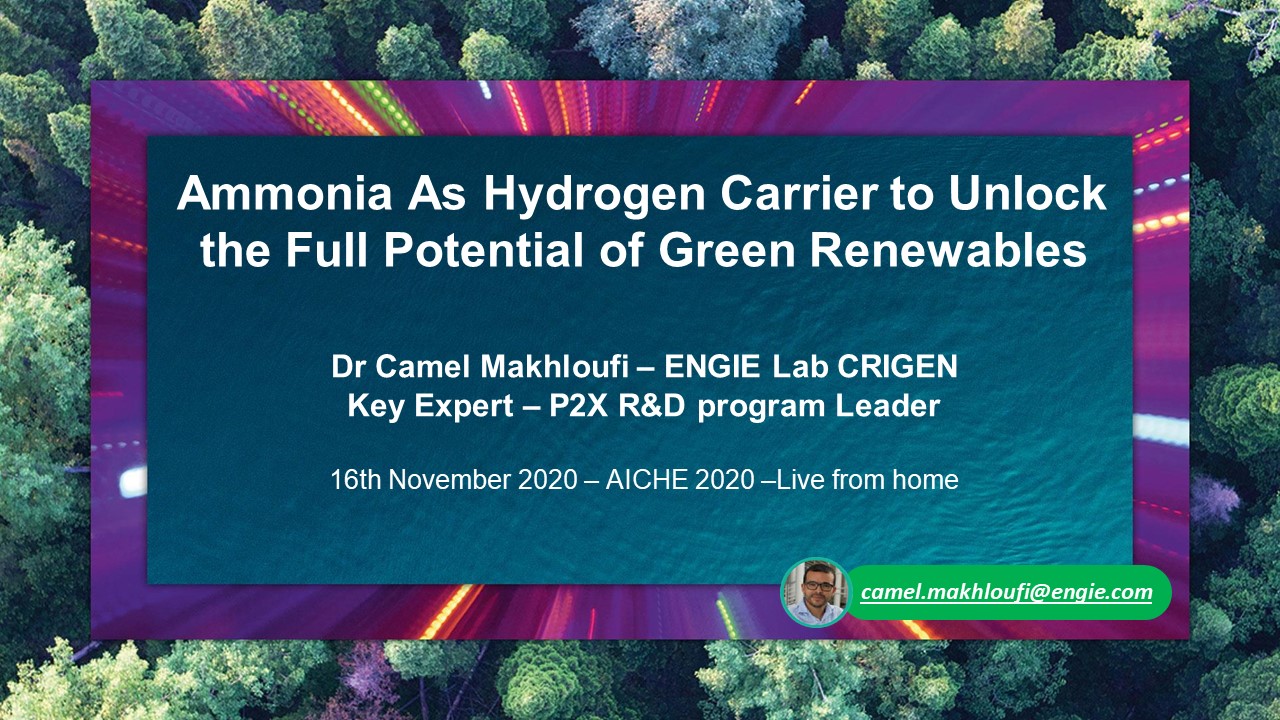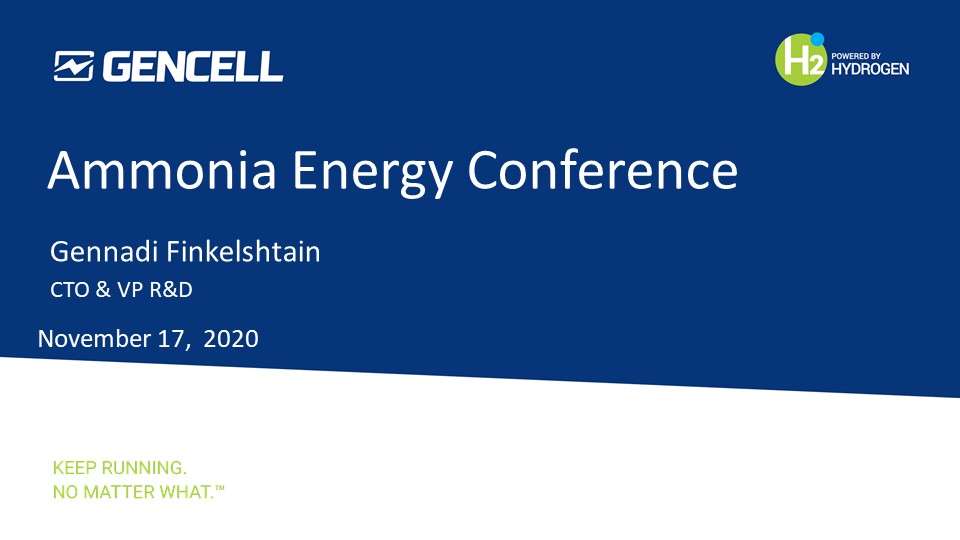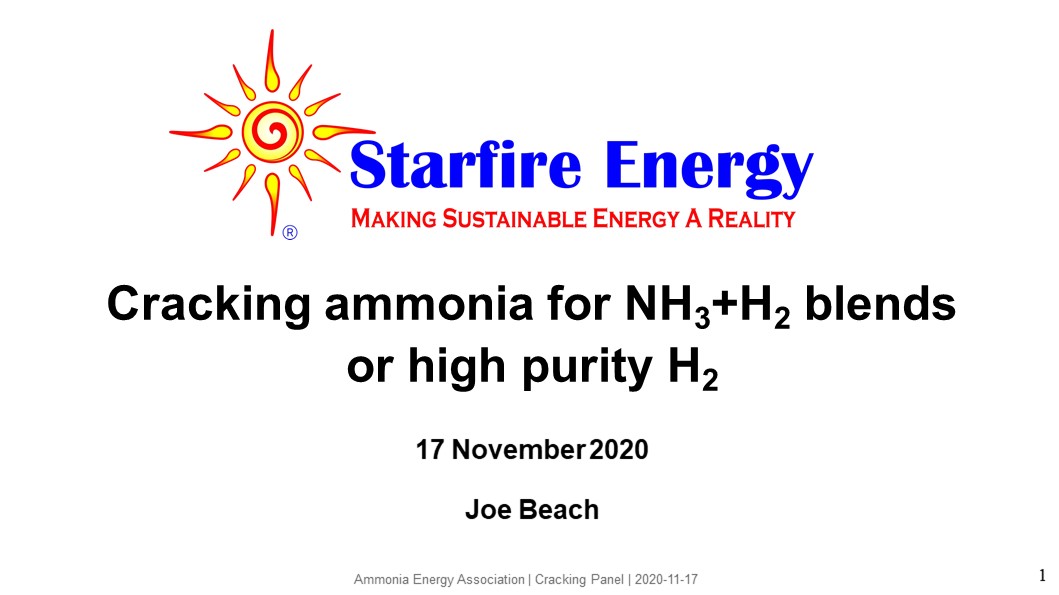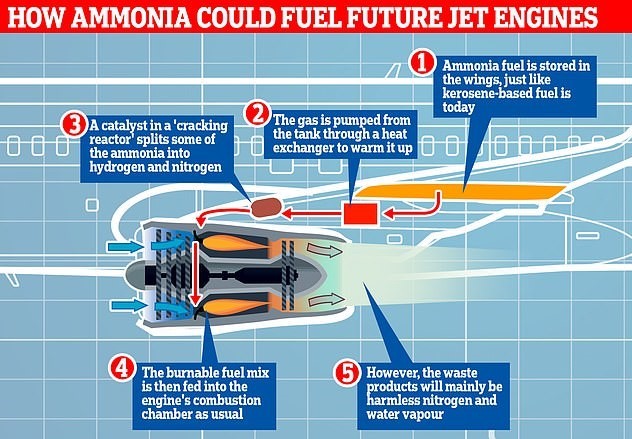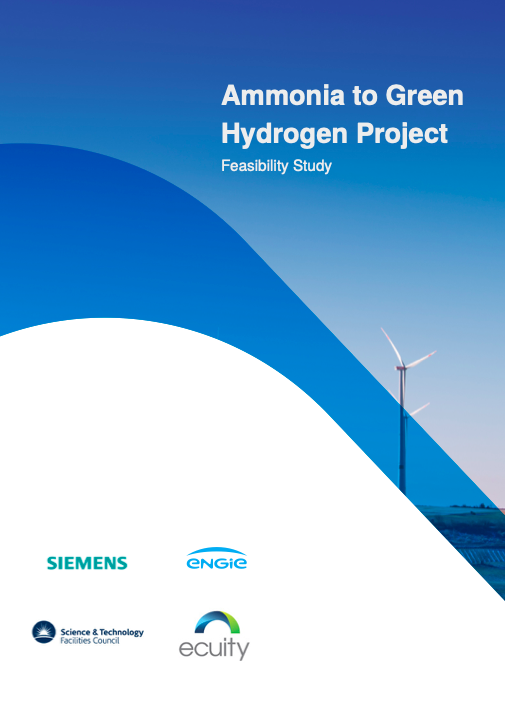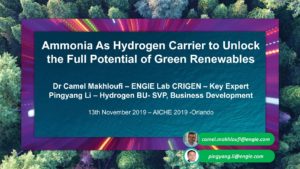Cracking Ammonia
Ammonia cracking: when, how, and how much?
Starfire Energy's ammonia cracking and cracked gas purification technology
Zero emission aircraft: ammonia for aviation
This week, Reaction Engines announced a “ground-breaking study” on ammonia as a fuel for zero-emission aircraft. This will soon be followed by a demonstration project, “integrating the technology into a ground-based test engine.” The study combines Reaction Engines’ heat exchanger technology with the ammonia cracking technology being developed by the UK’s Science and Technology Facilities Council (STFC). By partially cracking green ammonia to hydrogen, the resulting ammonia fuel mix “mimics jet fuel,” making it possible to adapt existing engines and aircraft to use zero-emission fuels. “This means a fast transition to a sustainable aviation future is possible at low cost.”
Engie, Siemens, Ecuity, and STFC publish Feasibility of Ammonia-to-Hydrogen
The UK’s Department for Business, Energy and Industrial Strategy (BEIS) recently published the feasibility study for its Ammonia to Green Hydrogen Project. This studies the techno-economic feasibility of importing green ammonia in order to supply large volumes of high-purity low-carbon hydrogen in the UK. The project has been designed and delivered by a heavyweight consortium of ENGIE, Siemens, Ecuity Consulting, and the UK’s STFC. The feasibility study, which is publicly available, represents the conclusion of Phase One of this project. Phase Two is demonstration: “to raise the TRL of a lithium imide based ammonia cracker from 4 to 6/7,” meaning that the technology is ready for deployment.
Hydrogen Filling Stations: techno-economic analysis of on-site ammonia reforming and H2 purification
This month, a team of researchers from Fuzhou University in Fujian, China, published a new paper in the journal Sustainable Energy & Fuels that provides a “Techno-economic analysis and comprehensive optimization of an on-site hydrogen refuelling station system using ammonia.” The study concludes that “the H2 production cost of the NH3-fed on-site hydrogen refuelling station was at least 15% lower than other carbon-free routes (such as electrolysis, solar thermolysis, photo-electrolysis, etc.), and comparable to that of a methane steam reforming system with carbon capture and storage.”

